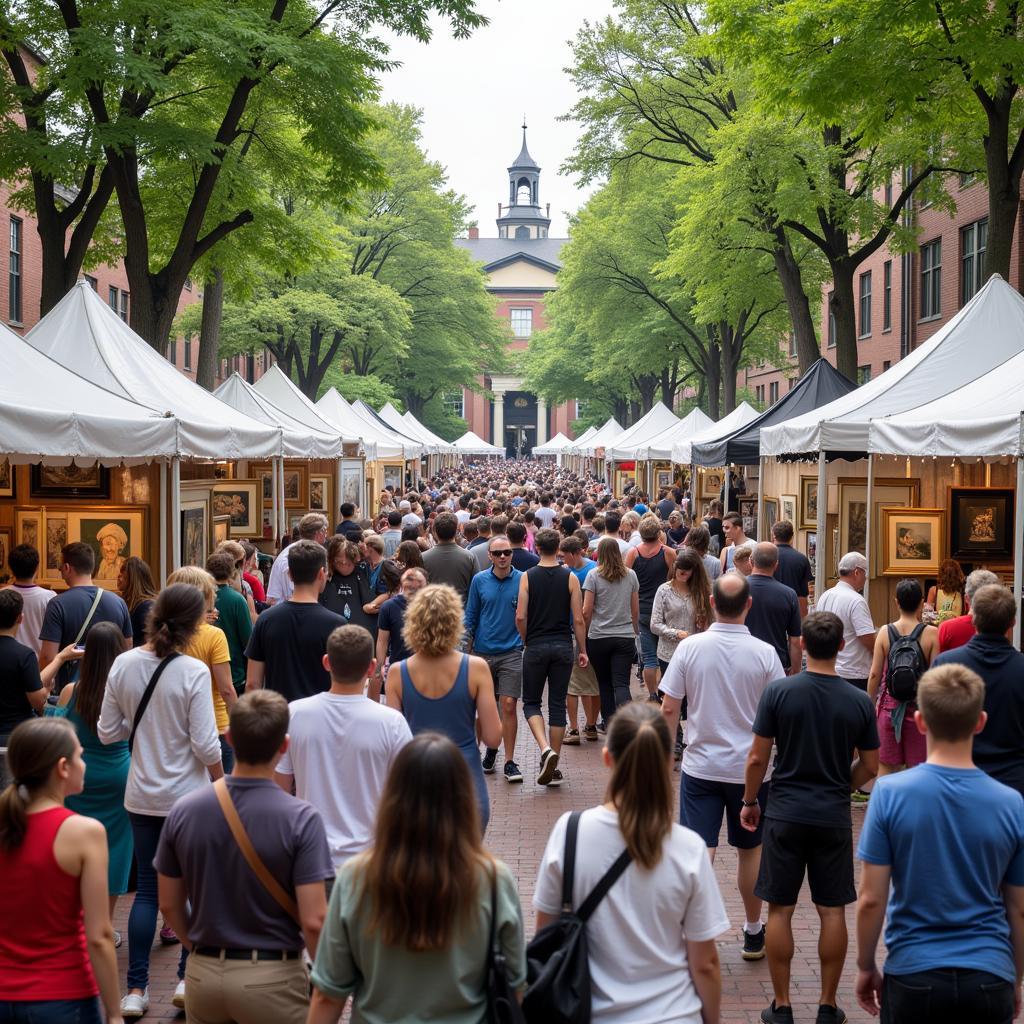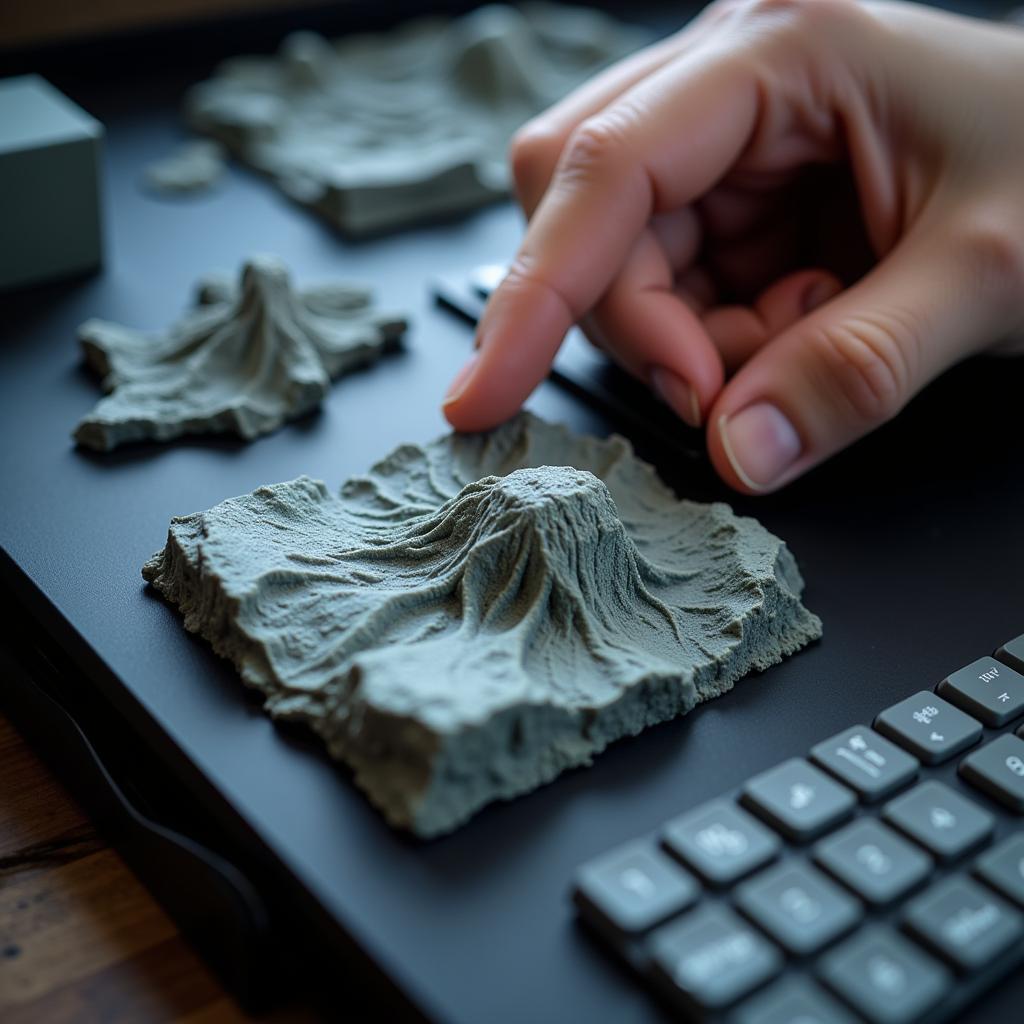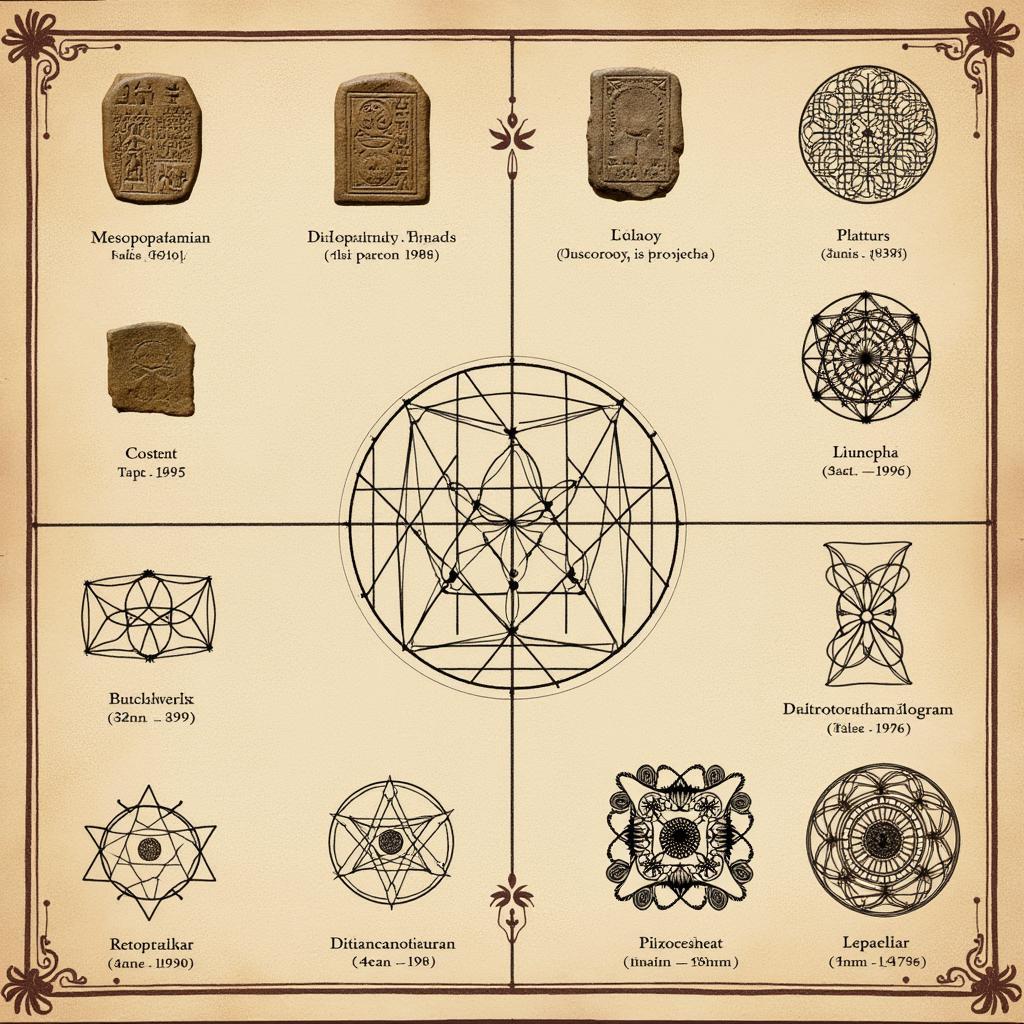Exploring the World of Abstract Art Pottery
Abstract Art Pottery offers a fascinating intersection of form, texture, and artistic expression. Unlike traditional pottery that often depicts recognizable objects or patterns, abstract pottery embraces free-form exploration and allows the artist’s emotions and creativity to take center stage.
The Appeal of Abstraction in Pottery
Abstract art pottery allows for a unique form of communication between the artist and the observer. By moving away from literal representation, the artist invites the viewer to engage with the piece on a more emotional and sensory level. The interplay of curves, lines, and textures evokes a sense of movement and energy, prompting personal interpretations and reflections.
Imagine running your fingers over a smooth, undulating surface of a vase, or feeling the rough texture of a hand-built clay sculpture. These tactile experiences, combined with the visual impact of abstract forms, create a multi-sensory engagement that is both captivating and thought-provoking.
Techniques and Materials in Abstract Pottery
Creating abstract pottery involves a variety of techniques, both traditional and experimental. While the potter’s wheel remains a staple for achieving symmetrical forms, hand-building techniques like pinching, coiling, and slab building offer endless possibilities for creating organic and asymmetrical shapes.
The choice of clay also plays a crucial role in abstract pottery. Different types of clay offer varying degrees of plasticity and texture, allowing artists to achieve specific effects. For instance, Art Merida showcases artists who experiment with a range of clays, from smooth porcelain to coarse stoneware, each lending a distinct character to their abstract creations.
Adding to the visual depth, artists often incorporate various surface treatments. Glazes, with their vast spectrum of colors and finishes, can enhance the abstract qualities of a piece. From glossy, vibrant hues to matte, earthy tones, glazes add another layer of visual intrigue. Other surface treatments like carving, stamping, and adding mixed media elements further push the boundaries of abstract expression in pottery.
Finding Inspiration for Your Own Abstract Pottery
One of the beautiful aspects of abstract art is that inspiration can be found everywhere. The key is to tap into your own creativity and allow yourself to experiment freely.
- Nature: The organic forms found in nature—the curve of a seashell, the texture of bark, or the patterns in leaves—provide endless inspiration for abstract shapes and textures in pottery.
- Emotions: Translate your own feelings and emotions into tangible forms. Allow the clay to become an extension of your inner world, expressing joy, sadness, anger, or tranquility through abstract shapes and textures.
- Music: Let the rhythm and flow of music guide your hands as you shape the clay. The dynamic changes in tempo and melody can be translated into the curves, lines, and movements of your abstract pottery.
Remember, there are no right or wrong answers in abstract art. Embrace the freedom to experiment, explore, and create pottery that speaks to your unique artistic vision. Consider attending an ocean city art show 2023 to witness the diverse expressions within abstract pottery and gather inspiration for your own creations.
Conclusion
Abstract art pottery offers a captivating blend of artistry and craftsmanship. It invites us to appreciate the beauty of form, texture, and the boundless possibilities of creative expression through clay. By embracing abstraction, artists and art enthusiasts alike embark on a journey of exploration, interpretation, and a deeper connection with the emotive power of art.




